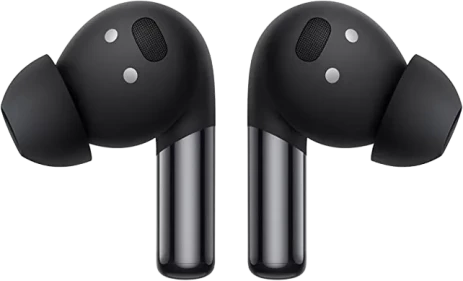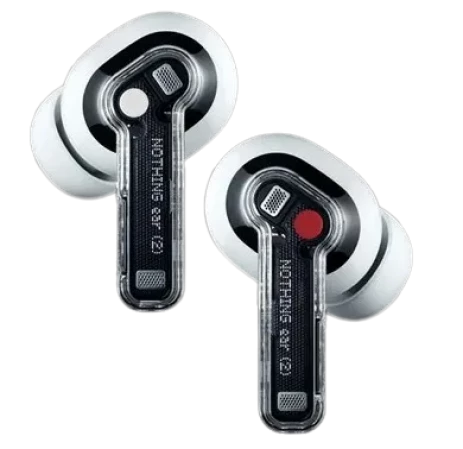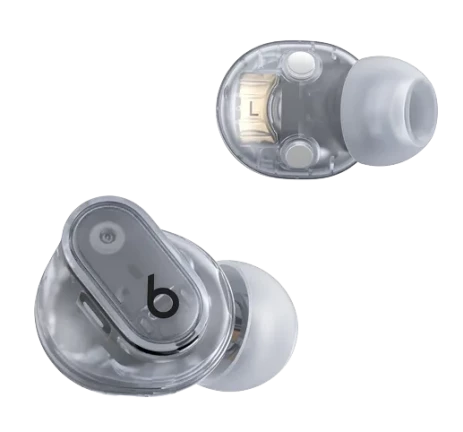Ingress Protection (Ip) Rating
Bowers & Wilkins PI7
IP54
Ingress protection ratings refer to the level of protection offered by a casing, against dust and water. In the format of IPXX, 'X' represents a number The first value means protection against solids such as dust, followed by the one that refers to resistance against liquids (water).
Having a value of IP54, the Bowers & Wilkins PI7's rating is read as, the first value of 5 denotes that ingress of dust is not totally prevented but dust does not enter in harmful quantities to interfere with the correct operation or impair safety, and of liquids that they can withstand low pressure spray similar to that of a shower head when tilted at 180° for 10 minutes.
Weight
Bowers & Wilkins PI7 have a weight of 50g . We consider a lower weight best because lighter devices are easier to transport.
Has No Wires Or Cables
True wireless devices have no cables linking any part of the device together, Bowers & Wilkins PI7 are true wireless for this case since they have no wires. This is a key distinction as some wireless earbuds have cables connecting the two earbuds .
Has Stereo Speakers
Bowers & Wilkins PI7 have stereo speakers, what this means is that Bowers & Wilkins PI7's speakers deliver sound from independent channels on both left and right sides, creating a richer sound and a better listening experience.
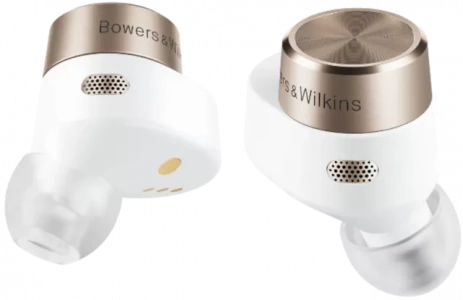
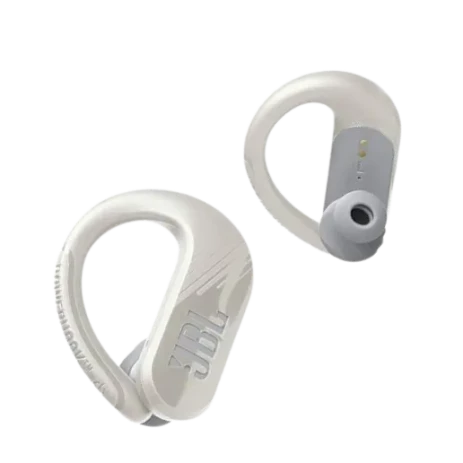 Jbl Endurance Peak 3 Vs. Bowers & Wilkins Pi7 Review
Jbl Endurance Peak 3 Vs. Bowers & Wilkins Pi7 Review
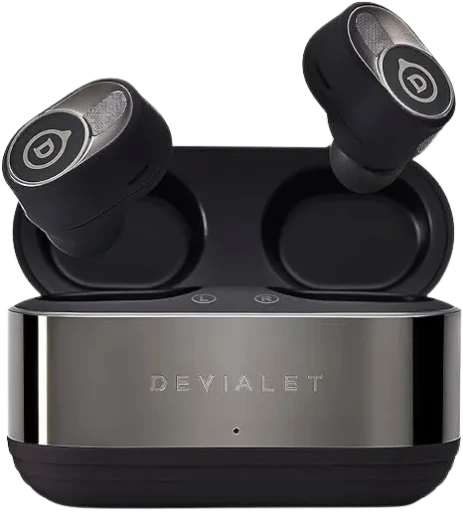 Devialet Gemini 2 Vs. Bowers & Wilkins Pi7 Review
Devialet Gemini 2 Vs. Bowers & Wilkins Pi7 Review
 Jlab Audio Epic Air Sport Anc Vs. Bowers & Wilkins Pi7 Review
Jlab Audio Epic Air Sport Anc Vs. Bowers & Wilkins Pi7 Review


